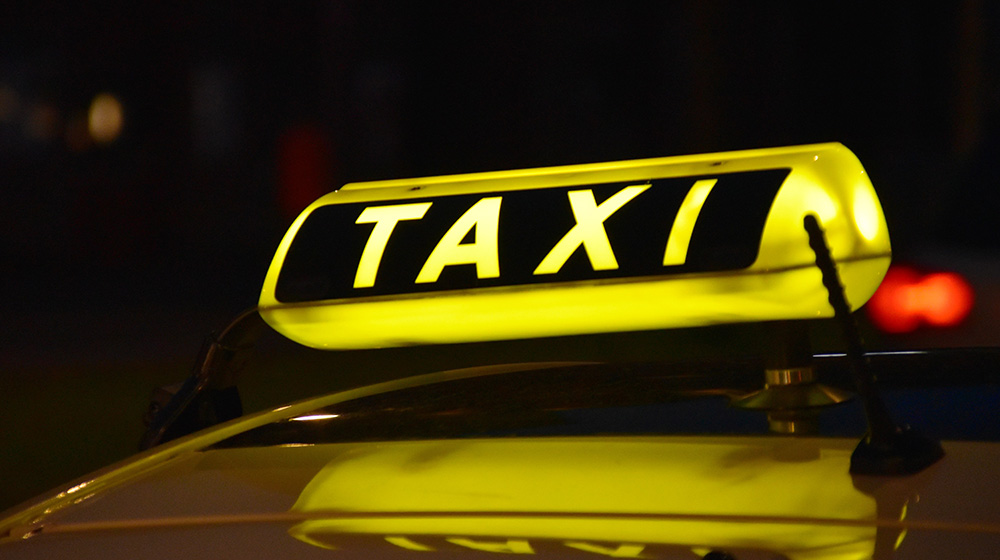Stockholm Digital Parking

Today, mapping out and updating databases of street parking locations and availability is done using costly manual processes or infrastructure sensors. This project explores the viability of crowd-sensing street parking availability by employing smartphone-equipped taxi fleets.
About
In collaboration with Universes, Stockholm Stad, and Taxi Stockholm, we are adding a street parking detection task to Stockholm taxis and are analyzing the results of the experiments to find the benefit of this concept over traditional approaches to mapping and updating street parking data. Furthermore, to understand the full capabilities of such a system, we are developing new vehicle routing approaches that can be used to further improve the detection coverage of a taxi fleet.
Background
A relevant fraction of road congestion in crowded urban areas is due to drivers looking for parking space, with heavy environmental and economic consequences. Also, road safety is affected, since drivers looking for a parking space get distracted, being more likely to hit other road users. The root cause of this problem is that drivers don’t know the location of free parking spaces matching their expectations, and so they have to roam. To address this open issue, we are performing an empirical study to investigate the achievable Spatio-temporal sensing coverage of on-street parking, exploiting real traces from the taxi fleet.
Aim
The aim of the project is to explore the capabilities of smartphone-equipped taxi fleets for sensing street parking location and occupancy data. Moreover, the results will be analyzed to understand the possible advantages of vehicle-based sensing over infrastructure-based sensing for urban detection tasks, in general.
Methodology
To address the problem, we consider multi-scenario with our hypothesis to evaluate the optimal solution for the multi-purpose taxi fleets. We use the state-of-art models for pick-up and drop-off passengers and freights with the same vehicle. These solutions are seen as the same approach and compatible with our research assumptions. To find the reliable model and validity of the results, we will implement multiple new algorithms in this area and compare the results with conventional models.

